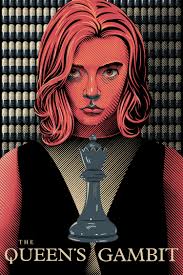TOM MILLER
By Lynn Munroe
Paperback cover artist and painter Thomas John Miller was born in Midland, Ontario in Canada on July 26, 1913. He remained a Canadian citizen for most of his life. Tom's parents died when he was still a young man and he was raised by two aunts who lived down near the American border. The aunts left Tom alone, free to roam and experience the world, and he crisscrossed back and forth over the border as he grew up. Tom realized he had absolutely no one to rely on except himself. As a result, he became fiercely independent. He took care of himself. This independent nature remained with him all his life and he grew up to become a meticulous and independent artist, answering only to his own very high standards. He never had an agent or manager, always represented himself.
In 1954, the Nigerian writer Amos Tutuola published My Life in the Bush of Ghosts, uniquely synthesizing the Yoruba culture he was born into with that of the British and Christian colonialism under which he matured into adulthood. The book, Tutuola’s second, tells the story of a west African child who is forced for 24 years to navigate an incomprehensible wilderness filled with fantastical beings, most of whom are, as the title suggests, some form of ghost. It’s a striking work of syncretism, recontextualizing previously unrecorded west African mythology by imbuing it with symbols of what was at the time a new global modernity. Consider, for example, one of the key figures of the novel: the “television-handed ghostess,” who convinces the narrator to follow the sorcerers’ advice and lick his open wound—by opening her hands and revealing TV screens on her palms showing footage of the narrator’s family and home village. Tutuola would go on to inspire Talking Heads frontman David Byrne and superproducer Brian Eno to record a 1981 album by the same title as this book; it’s a testament to his impact, as arguably the first international artist to form a new language by sampling the folk traditions of the global south and the modern imagery of the industrialized West.
—Elijah Wolfson
TIME


































